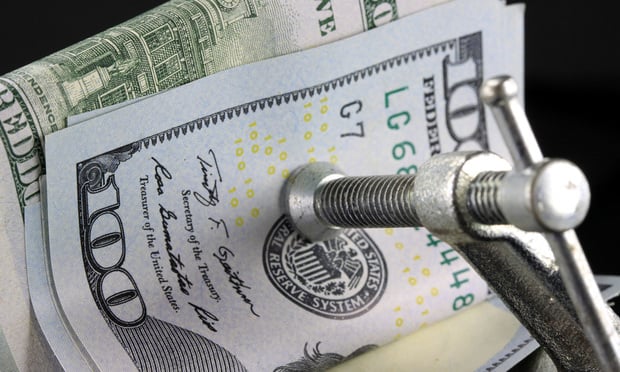IS CLASS A CBD THE ONLY SAFE BET?
Commentator Freedman, who also happens to be president and CEO of GVA Williams here in Manhattan, takes a position somewhat at odds with most of the respondents to last week's Feedback Poll. Only 15% stated the belief that in the current market CBD investments are the only safe bet, while the crowd–85%–said no investment is risky if you know what you're buying. Freedman took the liberty of redefining what exactly a CBD is, but that doesn't change the essential weight of his vote. He explains in detail below:
“I disagree with the literal statement but agree with what it embodies. My answer would be, 'Yes, but . . . .'
“In certain markets, class A CBD inventory has very good market fundamentals. But those are CBDs that are 24/7, supply-constrained, high-barrier-to-entry markets, such as Boston; New York City; and Washington, DC.
“There are a host of other CBDs, such as Atlanta, Dallas and Houston, where that's not the case. So as an across-the board characterization, I would agree. But conversely, there are suburban markets, such as Greenwich, CT, that exhibit some of the same qualities that the CBD of New York exhibits. It's supply-constrained with a high barrier to entry, and they're achieving record rent levels. Add good amenities and cultural resources, and that's what they're saying when they say CBDs are a safe bet. You have to drill down and determine the attributes that render these markets so attractive to the investment community.
“There are some cities, such as Dallas or Houston, that are characterized by sprawl. They're trying to animate their CBDs and mimic the rhythm and pace of those that are really thriving.
“A classic example of a thriving CBD is Lower Manhattan. Twenty years ago it was very much at risk. It was workplace only. There was no residential component and nothing but service retail. There was no vibrant streetscape.
But then the city embarked on a public policy to provide economic incentives to developers who would convert obsolete office space to residential. Now you have a resident population of 45,000 people, a median household income of $165,000 and, if you look at the streetscape, it's populated by luxury-goods retailer. It has emerged as a 24/7 market, and being a 24/7 market is critical to attracting real estate investors.”
Want to continue reading?
Become a Free ALM Digital Reader.
Once you are an ALM Digital Member, you’ll receive:
- Breaking commercial real estate news and analysis, on-site and via our newsletters and custom alerts
- Educational webcasts, white papers, and ebooks from industry thought leaders
- Critical coverage of the property casualty insurance and financial advisory markets on our other ALM sites, PropertyCasualty360 and ThinkAdvisor
Already have an account? Sign In Now
*May exclude premium content© 2024 ALM Global, LLC, All Rights Reserved. Request academic re-use from www.copyright.com. All other uses, submit a request to [email protected]. For more information visit Asset & Logo Licensing.








